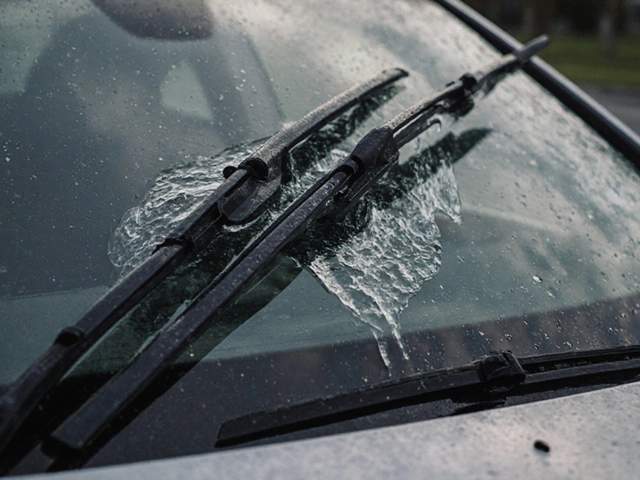Car Engine Issues – What Pops Up and How to Deal With Them
If your car has started acting weird, chances are an engine issue is behind it. This tag page pulls together dozens of short guides that help you spot problems, understand why they happen, and decide when a DIY fix is enough. Below you’ll find the most common signs and easy checks you can do at home before heading to a garage.
Spotting the Red Flags Early
Engines love to talk. A rattling sound when you idle, a whine that grows louder with speed, or a sudden loss of power are all warning lights you can hear. Smoke (especially blue or white) tells you the engine is burning oil or coolant. If the check‑engine light flashes, don’t ignore it – it usually means a misfire that could damage the catalytic converter.
Another easy clue is fuel economy. If you’re filling up more often without changing your driving habits, the engine may be working harder because of a clogged air filter, a weak fuel pump, or a failing injector.
Easy DIY Checks Before You Call the Shop
Spark plugs. Bad plugs cause rough idling, stumbling on acceleration, and higher fuel use. Pull one out (you’ll need a spark plug socket), look for carbon deposits or worn electrodes, and replace it if it looks dirty or eroded. A fresh set often restores smooth power.
Fuel system. A sluggish start or stalling can mean the pump isn’t delivering enough pressure. You can test pressure with a handheld gauge – most pumps should hit 40‑60 psi at the rail. If it’s low, check the fuel filter first; a clogged filter is cheap to replace and often fixes the issue.
Air filter. An overly restrictive filter chokes airflow, making the engine run hot and lean. Inspect the filter paper; if it’s dark and full of dust, swap it for a new one. Premium filters claim better flow, but even a standard replacement keeps the engine breathing easy.
Coolant and radiator. Overheating is a clear sign something’s wrong with the cooling loop. Make sure the radiator fins aren’t blocked by leaves, and look for bubbles in the coolant reservoir – they can indicate a leak or a blown head gasket.
Belts and hoses. Cracks or fraying on the drive belts can cause the alternator or water pump to slip, leading to power loss or overheating. Give them a quick visual check every few months and replace any that look worn.
If any of these checks point to a problem you can’t fix yourself, note the symptom and bring it to a trusted mechanic. Mentioning the exact sign (e.g., “engine sputters at 3,000 rpm, spark plugs look fouled”) saves time and money.
Remember, many engine issues are interconnected. A bad fuel pump can make a spark plug look dirty, and a clogged air filter can cause the engine to run hotter, stressing the cooling system. Tackle the simplest cause first – it often clears up the bigger headache.
Northwich Tyres Centre can help with more complex diagnostics, genuine parts, and professional fitting. Whether you need a new fuel pump, a set of spark plugs, or a full engine tune‑up, the team knows how to keep your car humming without breaking the bank.
 24 July 2025
24 July 2025
How to Know When Spark Plugs Need Replacement: Signs, Symptoms, and Pro Tips
Wondering if your spark plugs need changing? Get straight-up signs, science, and pro tips for spotting worn-out spark plugs and what bad plugs do to your ride.
Latest Posts
-

Can You Use a 17 Inch Wiper Blade Instead of a 16? Here's What Really Happens
-

Understanding the Risks of Driving with Low Engine Oil
-

Do New Spark Plugs Really Boost Engine Performance?
-

Car Radiator Price UK (2025): Parts, Labour, and Real Fitted Costs
-

Are Filtrete Filters Worth the Money for Cleaner Air?

0